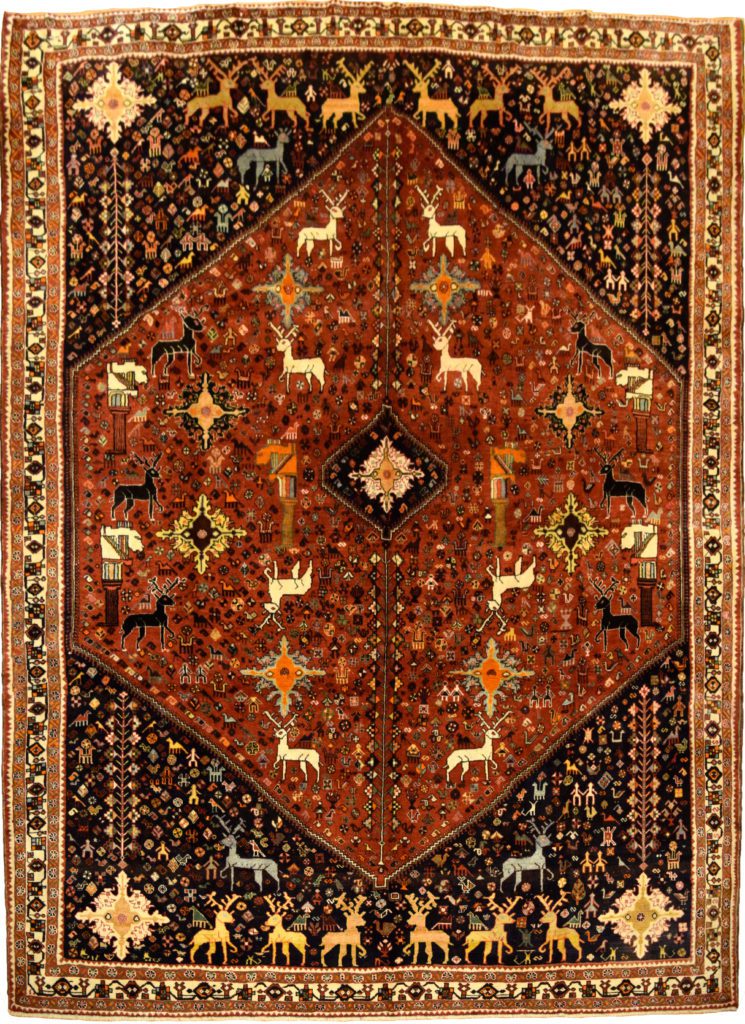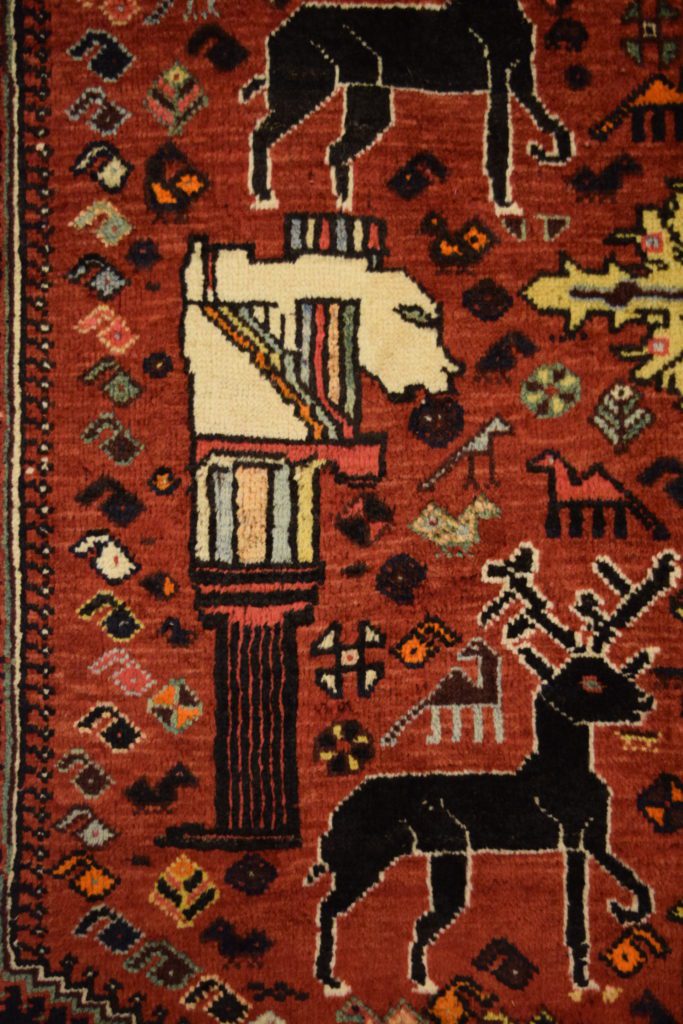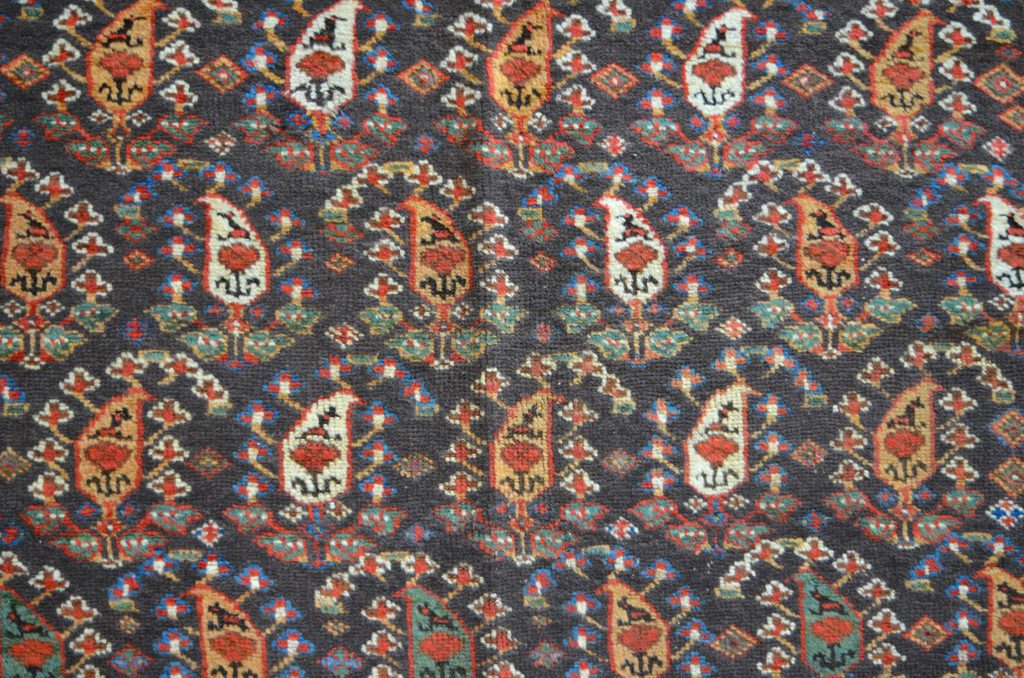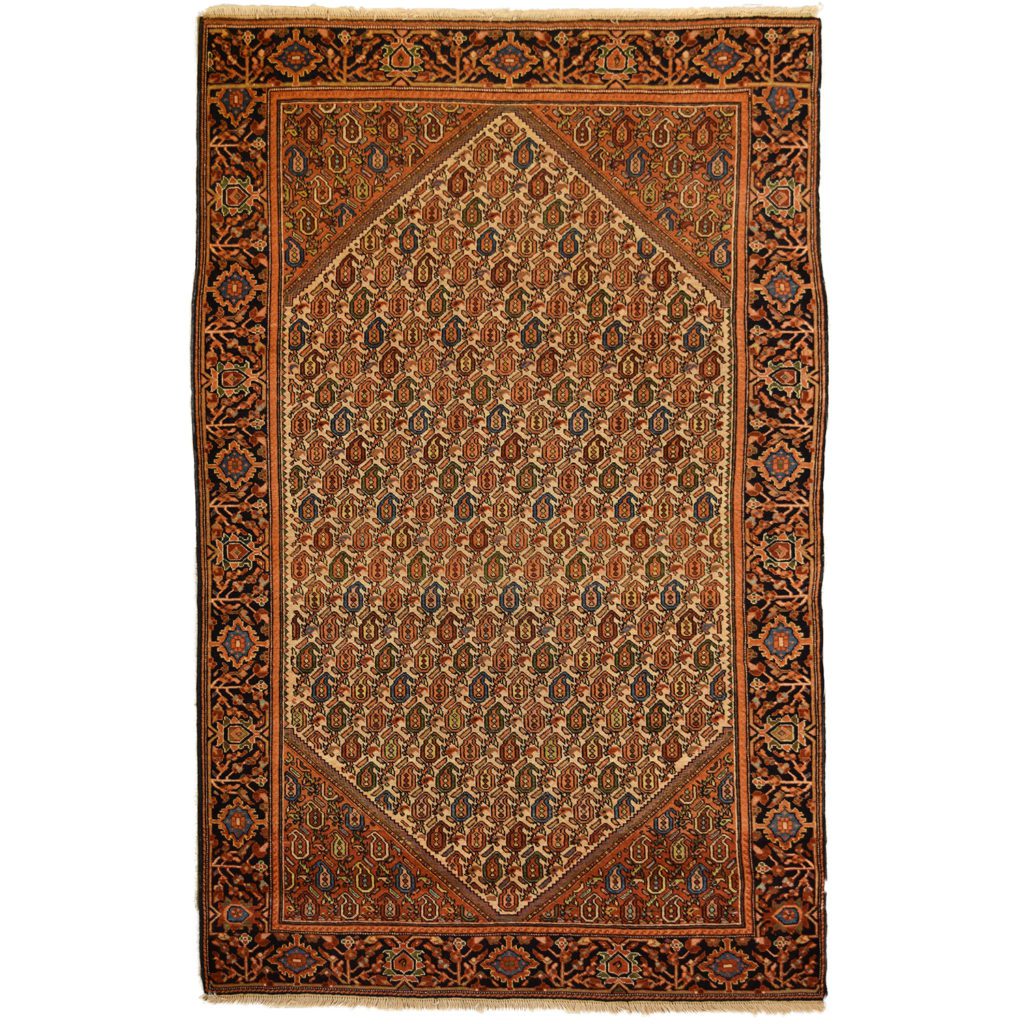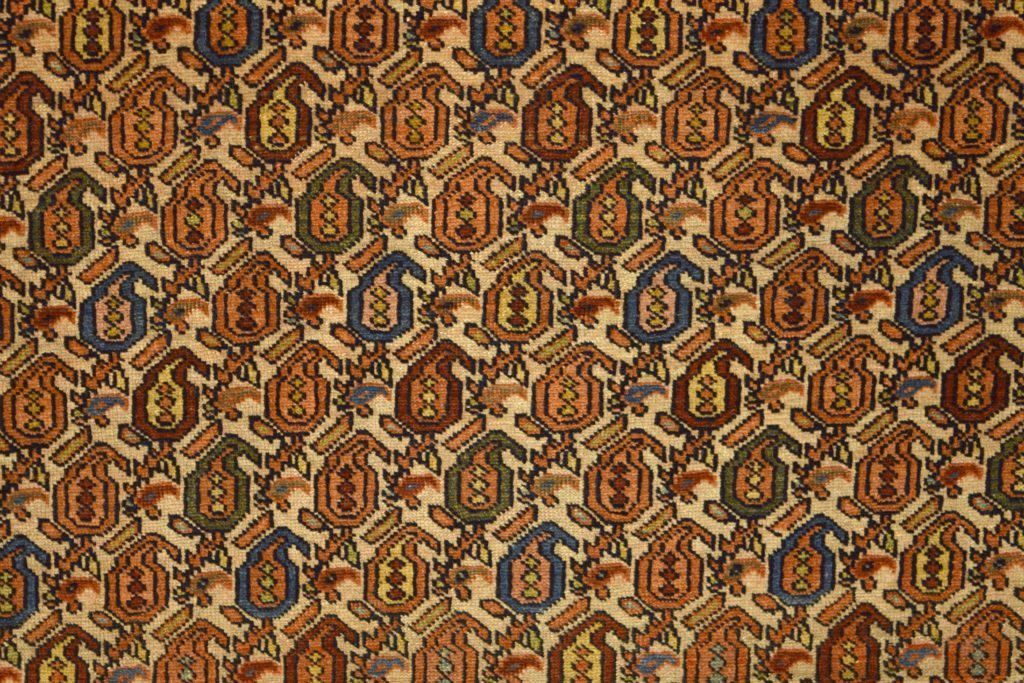The Paisley
Prevalent in many cultures and designs, the paisley is one of the most recognizable patterns utilized today. With ancient roots dating back to 200 BC, re-discover the origins of the Paisley motif, how it obtained its name, and its symbology within Persian carpets.
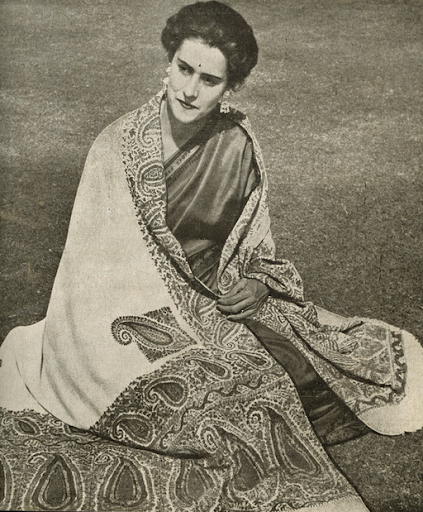
The origin of the paisley starts in Persia, modern-day Iran, estimated nearly 2200 years ago. Originally referred to as boteh, the ultra-recognizable pattern was designated and designed for Kashmir shawls. Usually gifted to high-ranking officials and high-status individuals, these shawls were exceptionally fine and incredibly desirable. Eventually, European merchants acquired these shawls and brought them back to Europe through the Silk Road. These shawls became extremely popular in European fashion and ultimately changed the trajectory of the motif forever.

During the 18th and 19th centuries, the European fashion industry adopted and appropriated this motif through many different forms of textiles. So much so that an English explorer and businessman, William Moorcroft, attempted to arrange entire families to move to Europe to create shawls. Though Moorcroft was unsuccessful, the boteh pattern was recreated in Paisley, Scotland, thus lending its name to the motif we all know today.
Spanning over two millennia, the boteh or paisley motif embodies traditional symbols and significance. Especially within Persian carpets, the boteh motif is represented among different tribes and usually symbolizes one of three themes. One form of the boteh can signify a flower bulb. This version of a boteh motif is typically found within tribal carpets and sits within the field as a decorative motif.
The second symbol the paisley traditionally represents is a pear or fruit. This style of boteh is typically found within carpets showcasing the tree of life motif, symbolizing the connection between our earth and the life and nourishment it provides.
And finally, the boteh motif may also symbolize the eternal flame. Among both tribal and city carpets, often in a repetitive pattern, the paisley motif represents a flame as it flickers out above an urn or lantern. This flame represents our internal light and our desire to keep it alive.
Whichever title you choose, paisley or boteh, this motif has persisted throughout the ages for its visually pleasing, comforting design and symbolism. Check out orleyshabahang.com to re-discover your love for the paisley motif and the many carpets incorporating this evocative symbol.

